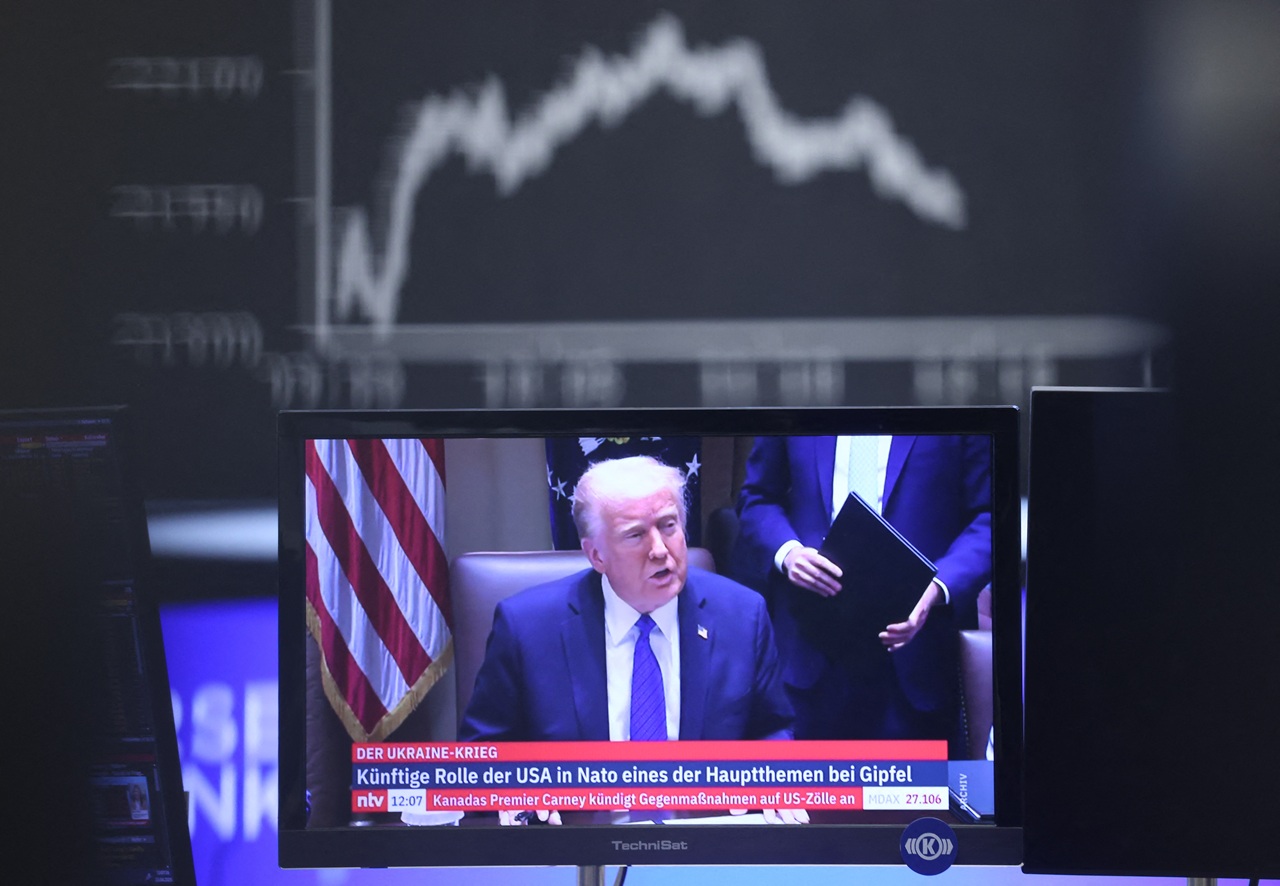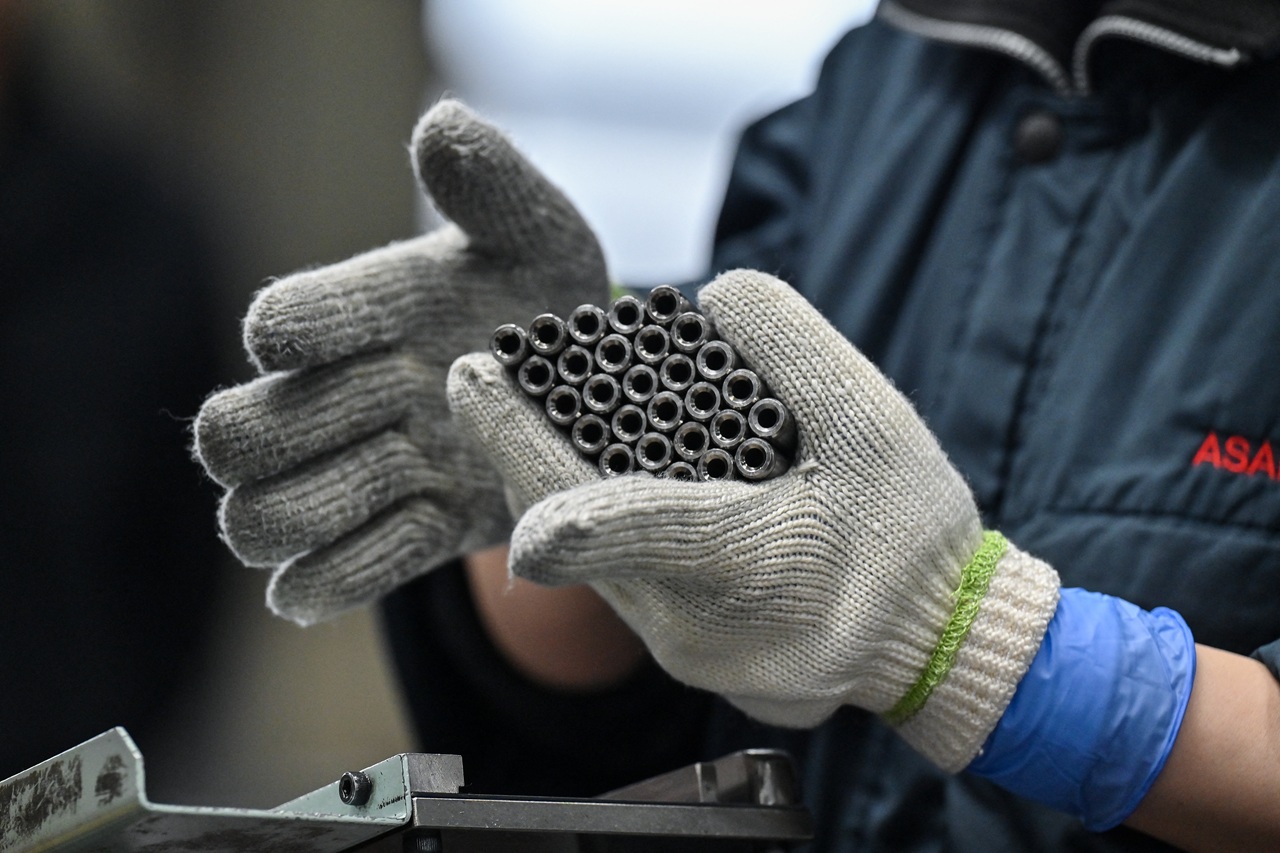
Mexican-American woman becomes one of the latest victims of AAPI hate
The elderly woman, who was attacked by another woman screaming anti-Asian slurs. Her son says she would often get mistaken for being Asian.
On Friday, April 9, a 70-year-old woman was beaten on a Metro bus in Eagle Rock, California. The victim’s son, Pete, relayed the story to The Eastsider.
The woman, identified only as Becky, was heading to Vons market to do some shopping for her granddaughter. She was getting ready to get off the 81 bus at La Roma Road and Figueroa Street when she was attacked.
A fellow passenger — described as a Black woman in her late 20s — called the elderly woman a racial slur meant to oppress Chinese people, just before violently attacking her.
However, the victim is not of Asian descent, she is Mexican-American. According to her son, his mom is often mistaken for being Asian.
Becky’s injuries were not life-threatening, but very serious. Her eyes and face were left severely swollen and a portion of her hair was ripped from her scalp.
70-Year-Old Woman Mistaken For Asian and Severely Beaten - https://t.co/qFhsLAF1ef via @AsianDawn4
— Asian Dawn (@AsianDawn4) April 14, 2021
The attack also left Becky with a concussion and a broken nose as the assailant dragged Becky from the back of the bus to the front.
Pete said that no one offered help.
“Not even the bus driver,” he explained.
The attack only came to an end because a passenger eventually intervened by calling 911.
The suspect was later arrested on a separate bus after police used a bulletin, Pete said.
Becky was held in the hospital for 24 hours before being released. Pete said that she is still having trouble walking, as her leg was badly bruised during the incident. The attack worsened her pre-existing conditions of lupus, arthritis and other disabilities.
Although Becky is Latina, the assailant’s apparent intention was to verbally and physically attack a person of Chinese descent. This highlights the long held racial tension between Black and Asian Americans.
There have been a few instances of non-white assailants charged for recent anti-Asian hate crimes, and unfortunately, this has exacerbated the resentment between both groups.
Many racial justice advocates have taken to social media, urging fellow Asian-Americans not to participate in anti-Black rhetoric in their pro-Asian activism, as it is counterproductive.
Let’s talk.
— Roy Mong (@iamroymong) March 30, 2021
You can’t be anti-Black & pro-Asian at the same time.
You can’t be pro-Black & anti-Asian at the same time.
We need more than just solidarity, we need cross-activism.
We need more Yuri Kochiyamas & more Bayard Rustins.
This is a key conversation we need to have. https://t.co/juLByugETx
This narrative of Black-Asian hostility is rooted in immigration and economic policies that have pitted these communities against one another throughout the nation’s history.
Scott Kurashige, professor and chair of comparative race and ethnic studies at Texas Christian University, explained the issue in a recent conversation with Vox.
“What we need to realize [in America] is that there’s this timeless structure, in which there’s always one group on top and another at the bottom,” Kurashige said.
RELATED CONTENT
White supremacy is the root cause of this ill will between Black and Asian-Americans. This dangerous ideology is what established segregation, policing, and scarcity of resources in low-income neighborhoods.
It also created what is referred to as the “model minority” myth, a persistent stereotype that paints Asian-Americans as studious, successful, smart and not “trouble-makers,” particularly in contrast to other minority groups.
asian americans cannot rally around anti-asian racism without demanding justice for black lives. we cannot talk about the model minority myth without contextualizing it as a weapon used to further anti-blackness. we cannot call for poc solidarity unless we do the material work. https://t.co/amJ9eyU6qN
— hannah chinn (@hannahlchinn) May 27, 2020
Despite the positive undertones, the model minority myth is damaging. It ignores the reality of systemic racism that Asian-Americans encounter, and it serves to erase the Asian-Americans of lower socioeconomic status that don’t fit the stereotype.
The model minority myth has been used as a wedge between Black and Asian citizens. In order to survive, some Asian-Americans have embraced the myth and distanced themselves from Black Americans, in terms of morality, economics and career success.
In turn, Black Americans built up heavy resentment towards Asian-Americans, and instead of uniting against the true enemy, which is white supremacy, the two groups have turned against each other.
This, of course, was the intended goal of the model minority myth — if people are too busy fighting with each other, they will be too distracted to realize who they should really be mad at.
Despite this, there has still been a long history of Black & Asian solidarity against oppression and structural racism.
For instance, during the late 1960s, Black and Asian activists joined together to lead the Third World Liberation Front movement, to establish race and ethnic studies in college and university curriculums in California.
Cynthia Choi, founder of Stop AAPI Hate, told Vox that it is time for these two groups to return to the power of unity and solidarity and join forces to create a better world.
“This is a moment for us to really tell that history to share that not only have Asians and other immigrants and people of color been blamed and scapegoated, but that there’s also a history of our community, mobilizing, and demanding change and action — that we’ve stood in solidarity together with other communities,” Choi said.











LEAVE A COMMENT: